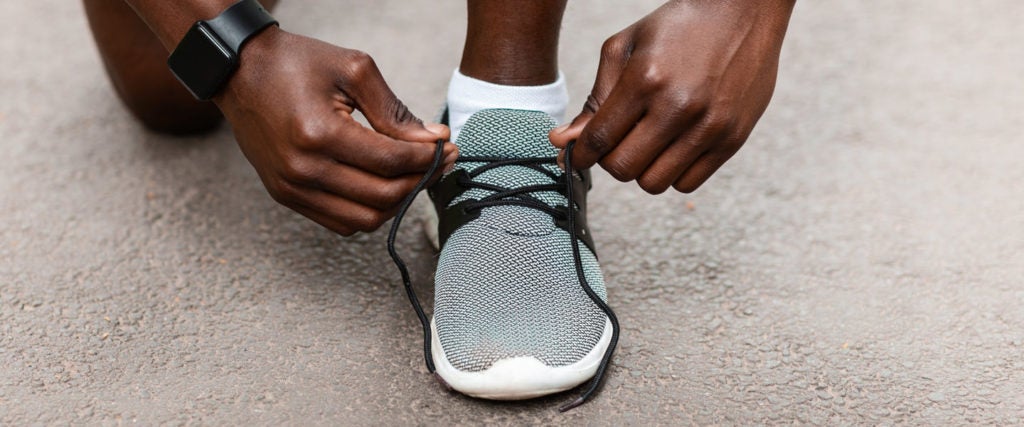Honestly, I haven’t ever put much thought into how I tie my shoes. My lifelong preferred method is to perpetually keep my laces tied and to just shove my foot into the shoes. You know, like someone who doesn’t have an ounce of respect for themselves. But recently, an infographic on Reddit presented me with the idea that there’s more than one way to tie your shoes, and that the process can even be customized to suit your specific podiatric needs. So before you go and throw out a pair of running shoes you think don’t work for you, consider just trying to tie them differently.
Shoe lace techniques for different foot types or ailments. from coolguides
The infographic, originally published on running site RunRepeat, demonstrates 12 different lace formations that can be used to address specific areas of pain or foot shape. For example, some formations cause too much tightness in the toe region or on the top of the foot, while others don’t properly keep your heel in place or accommodate features like a high arch or wide forefoot.
If you’re not exactly sure what it is your foot needs, there are some ways to find out beyond just testing different tying techniques and hoping for the best. The American Orthopaedic Foot & Ankle Society (AOFAS) recommends analyzing your shoe imprint, in particular. Depending on where your shoes show the most wear, you can determine more specifically what might be going on with your shoes or gait. Some problems, like walking/running with an overpronated stance (i.e., your feet are turned inward) or tight heel tendons can be partially diagnosed by your shoe imprint, but your laces won’t likely be the fix. However, signs like toe-shaped ridges in the front of the shoe or wear above the toe-region of the shoe could mark that your shoes are too tight or low. Reformulating your shoelaces could provide more room in shoes that otherwise seem to fit.
Generally, the AOFAS recommends the following procedure for lacing your athletic shoes: “You should begin at the farthest eyelets and apply even pressure as you create a crisscross lacing pattern to the top of the shoe,” per their website’s section on purchasing running shoes. Still, the site further acknowledges that not all running shoes will fit all runners, and that it’s important to find the right shoe for your needs. They further recommend making proper adjustments to your shoes if you develop problems, like adding arch support or metatarsal pads.
So long as the shoe continues to fit and provide adequate heel stability, readjusting the laces is probably fine. As podiatrist Mitchell Wachtel, author of The Runner’s Healthy Foot and Ankle Book, told SELF in 2019, adjusting the laces can be a good pick for people who have two different sized feet or those dealing with temporary foot problems like black toenails (ew). Just be sure to keep the pressure even across the laces.
There’s always some risk with readjusting your laces that it’s not going to be the fix you need. If you’re not careful, you might even make your problems worse. Is there a lace formation that can turn me into someone actually capable of running, though? Asking for a friend.

